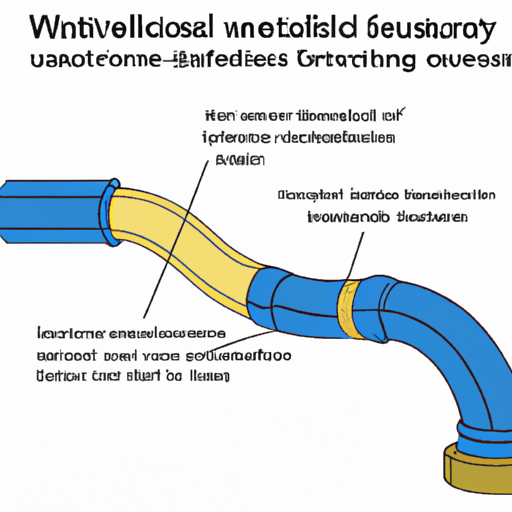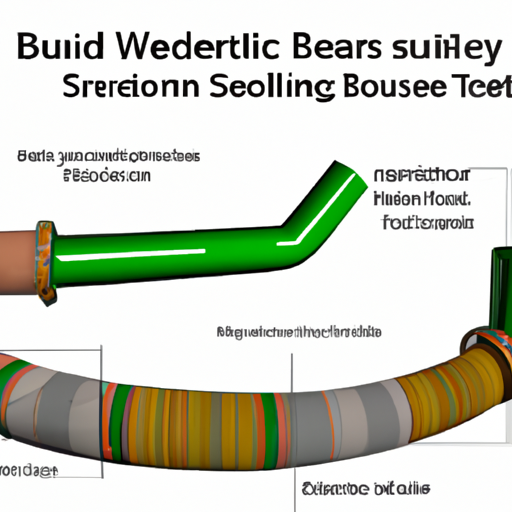Enhancing Wellbore Integrity with Tubing Retrievable Subs: A Comprehensive Overview

Introduction (Word count: 100)
Tubing retrievable subs play a crucial role in oil and gas well operations, ensuring enhanced wellbore integrity, increased efficiency, and improved maintenance capabilities. In this article, we will delve into the world of tubing retrievable subs, exploring their design, installation process, benefits, and applications in the oil and gas industry.
Understanding Tubing Retrievable Subs (Word count: 200)
Tubing retrievable subs are specialized tools used in well completions and workovers. These subs are designed to be installed in the tubing string, providing a retrievable connection point for various downhole equipment. The subs feature a variety of components, including seals, packers, slips, and hangers, which are tailored to specific well conditions and requirements.
Design and Installation (Word count: 200)

The design of tubing retrievable subs is crucial to ensure their functionality and reliability. These subs are typically made from high-strength materials to withstand downhole pressures and temperatures. Additionally, they incorporate advanced sealing mechanisms to prevent fluid and gas leaks.
The installation process involves running the tubing string with the retrievable subs into the wellbore, ensuring proper alignment and connection with other downhole equipment. The subs can be easily retrieved if maintenance or modifications are required, eliminating the need for expensive workover operations.
Benefits of Tubing Retrievable Subs (Word count: 200)
1. Enhanced wellbore integrity: Tubing retrievable subs provide a reliable and secure connection point, reducing the risk of tubing movement or failure. This helps maintain wellbore integrity and prevents costly well control issues.
2. Increased operational efficiency: The ability to retrieve and replace downhole equipment without removing the entire tubing string significantly reduces operational downtime and costs. It allows for quick interventions, such as changing downhole valves or installing monitoring devices, enhancing overall operational efficiency.
3. Improved maintenance capabilities: Tubing retrievable subs enable easier access to downhole equipment for routine maintenance or repairs. This eliminates the need for expensive rig interventions, saving time and resources.
Applications in the Oil and Gas Industry (Word count: 200)
Tubing retrievable subs find extensive applications in various oil and gas operations, including:
1. Well completions: These subs facilitate the installation of packers, plugs, and other completion equipment, ensuring efficient wellbore isolation and optimization.
2. Workovers: Tubing retrievable subs allow for the retrieval and replacement of damaged or malfunctioning downhole equipment, eliminating the need for costly interventions.
3. Production optimization: By enabling swift interventions and modifications, tubing retrievable subs contribute to production optimization efforts, enhancing overall well performance and maximizing hydrocarbon recovery.
4. Well monitoring and data acquisition: These subs can be utilized to install downhole monitoring tools, such as pressure and temperature gauges or flow meters, enabling real-time data acquisition for reservoir management and production optimization.
Conclusion (Word count: 100)
Tubing retrievable subs are indispensable tools in the oil and gas industry, offering enhanced wellbore integrity, improved operational efficiency, and simplified maintenance capabilities. Their design, installation process, and various applications make them an essential component for successful well completions, workovers, and production optimization. By incorporating tubing retrievable subs into well operations, operators can achieve cost savings, increased productivity, and improved overall well performance.




 8613371530291
8613371530291